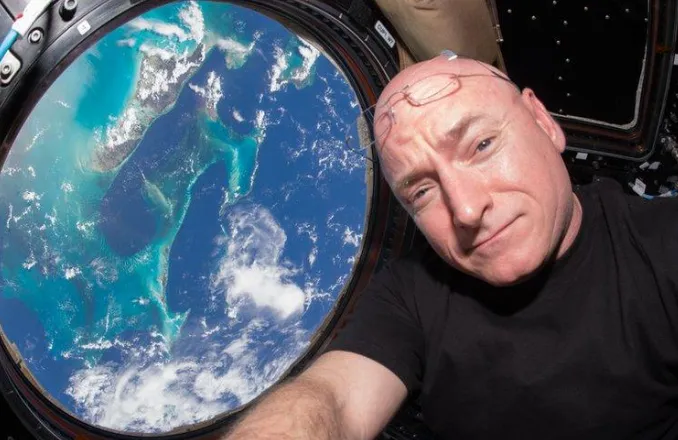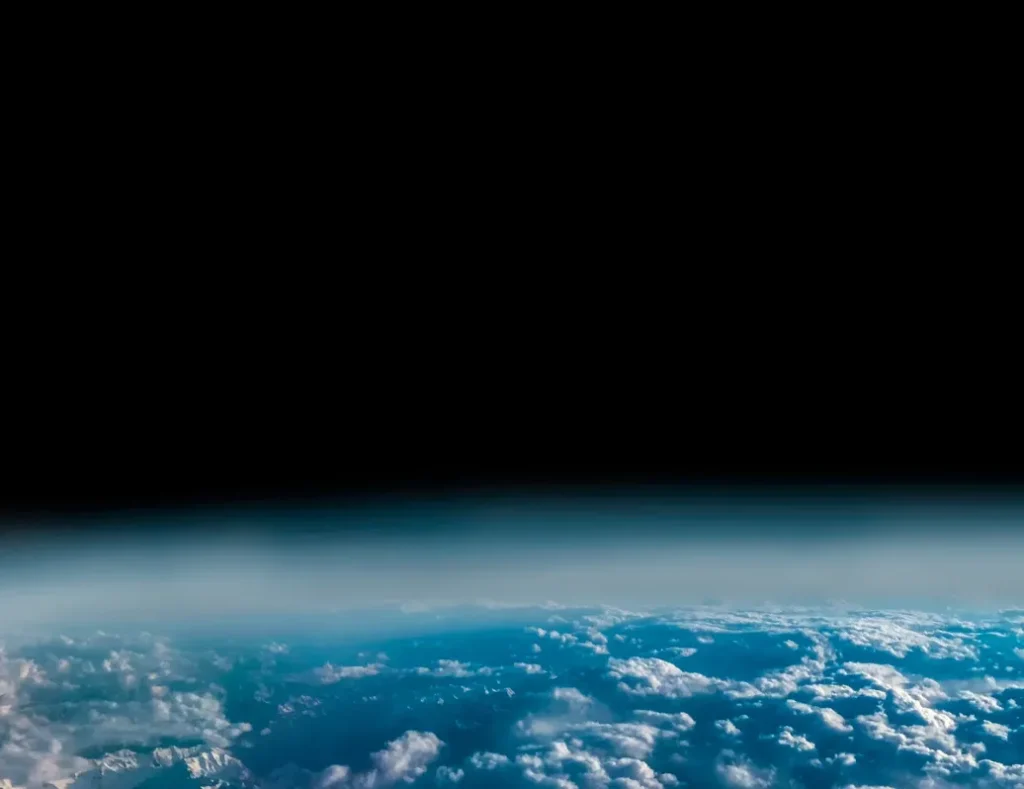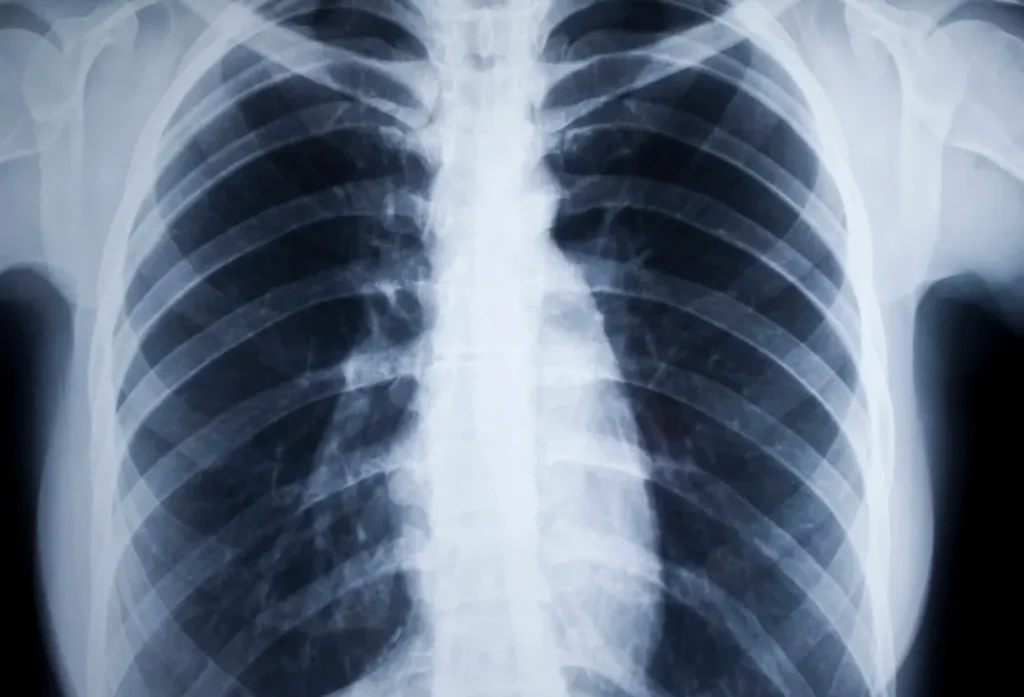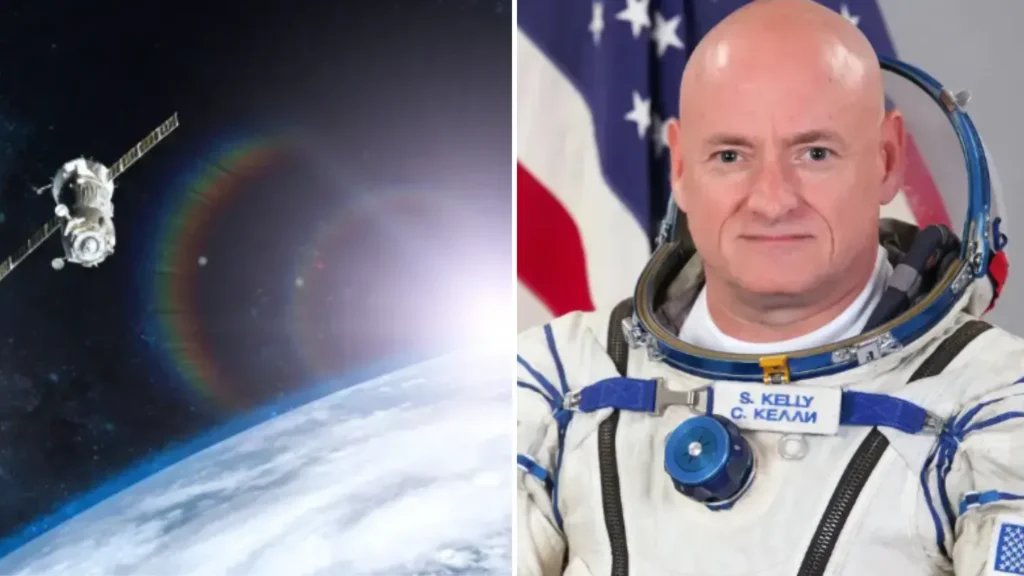As Scott Kelly came back from space after a year onboard ISS NASA scientists were excited to learn from his achievements.
In the space experiments NASA noticed something strange beyond all the other physical measurements they gathered.
The scientist saw that Kelly came back from space a bit taller than his departure due to matching genetics with his twin brother Mark.
By spending 340 days in space Scott demonstrated how long-term space missions would change the human body.

By sending Scott to space NASA received the unique chance to see how Scott changed compared to his twin who stayed on Earth.
NASA ran this space mission alongside research to support deep-space exploration goals and Mars expedition planning.
NASA through the National Space Biomedical Research Institute found several health risks that affected Scott most heavily on his bones and heart during the mission.
It becomes dangerous for astronauts to maintain their proper bone health when gravity does not hold them down.
When astronauts live in space they naturally lose muscle strength mainly in their back and leg muscles because weightlessness reduces their use.

The heart experiences physical alterations just as the other body systems do. The heart works less hard because blood does not need to push against gravity so it gradually become smaller.
The unhelpful force of gravity keeps fluids moving downward for humans but space travelers are stuck with facial swelling and shrunken leg dimensions as fluid stands still in orbit.
Changes in pressure upset the inner ear which leads to space sickness during flights while difficulty with balance continues after returning to Earth.
Continued exposure to cosmic radiation in space raises concerns about blood vessel and DNA damage which heightens the chances of heart disease and cancer.
Both sleep quality and mental state suffer during space flight. Elevated space travel affects circadian rhythms to impair quality sleep and stability of emotions.

NASA and medical researchers studied Scott’s medical results which showed biological effects that appeared during the mission and stayed permanently.
Every biological system in Scott showed significant changes but most systems went back to normal a few months after returning to Earth.
The public showed intense interest in understanding which element made Scott Kelly surpass his twin brother in height.
NASA scientists found the spine changes result from life without gravity.
In space, the cushioning discs between vertebrae expand due to the absence of gravity’s compressive force, allowing astronauts to “stretch” slightly.

The result? During his mission Kelly gained two inches in height which vanished when he returned to Earth’s gravity levels.
These procedures show once more how space changes human bodies unlike anything else.
Feature Image Credit: (CanvaPro) and (NASA)
